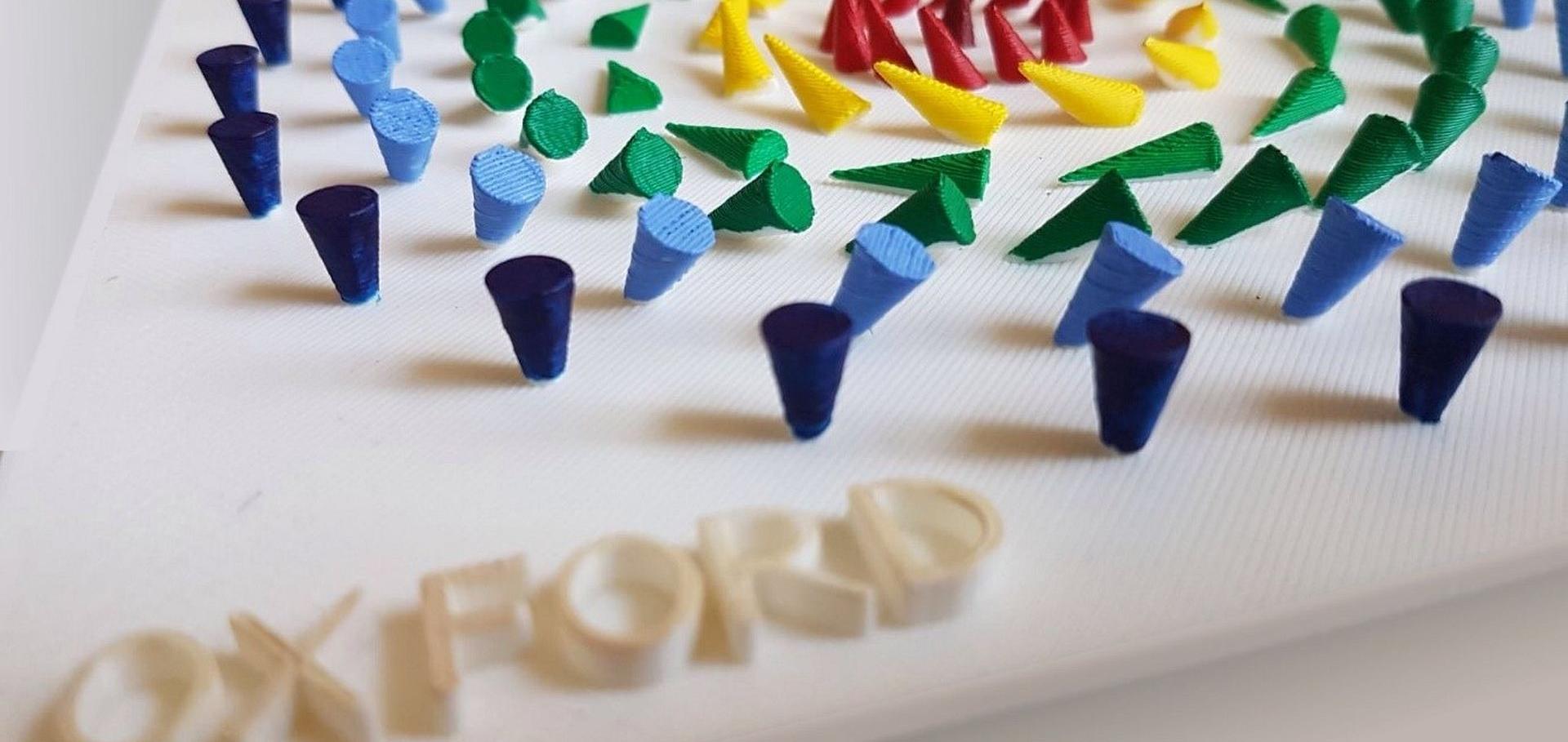X-ray detected ferromagnetic resonance techniques for the study of magnetization dynamics
Nuclear Instruments and Methods in Physics Research Section B: Beam Interactions with Materials and Atoms Elsevier 540 (2023) 85
Abstract:
Element-specific spectroscopies using synchrotron-radiation can provide unique insights into materials properties. The recently developed technique of X-ray detected ferromagnetic resonance (XFMR) allows studying the magnetization dynamics of magnetic spin structures. Magnetic sensitivity in XFMR is obtained from the X-ray magnetic circular dichroism (XMCD) effect, where the phase of the magnetization precession of each magnetic layer with respect to the exciting radio frequency is obtained using stroboscopic probing of the spin precession. Measurement of both amplitude and phase response in the magnetic layers as a function of bias field can give a clear signature of spin-transfer torque (STT) coupling between ferromagnetic layers due to spin pumping. In the last few years, there have been new developments utilizing X-ray scattering techniques to reveal the precessional magnetization dynamics of ordered spin structures in the GHz frequency range. The techniques of diffraction and reflectometry ferromagnetic resonance (DFMR and RFMR) provide novel ways for the probing of the dynamics of chiral and multilayered magnetic materials, thereby accessing key information relevant to the engineering and development of high-density and low-energy consumption data processing solutions.Narrowband, angle-tuneable, helicity-dependent terahertz emission from nanowires of the topological Dirac semimetal Cd3As2
ACS Photonics American Chemical Society 10:5 (2023) 1473-1484
Abstract:
All-optical control of terahertz pulses is essential for the development of optoelectronic devices for next-generation quantum technologies. Despite substantial research in THz generation methods, polarisation control remains difficult. Here, we demonstrate that by exploiting bandstructure topology, both helicity-dependent and helicity-independent THz emission can be generated from nanowires of the topological Dirac semimetal Cd3As2. We show that narrowband THz pulses can be generated at oblique incidence by driving the system with optical (1.55 eV) pulses with circular polarisation. Varying the incident angle also provides control of the peak emission frequency, with peak frequencies spanning 0.21 – 1.40 THz as the angle is tuned from 15° - 45°. We therefore present Cd3As2 nanowires as a promising novel material platform for controllable terahertz emission.Spin pumping through nanocrystalline yopological insulators
Nanotechnology IOP Publishing 34 (2023) 275001
Abstract:
The topological surface states (TSSs) in topological insulators (TIs) offer exciting prospects for dissipationless spin transport. Common spin-based devices, such as spin valves, rely on trilayer structures in which a non-magnetic (NM) layer is sandwiched between two ferromagnetic (FM) layers. The major disadvantage of using high-quality single-crystalline TI films in this context is that a single pair of spin-momentum locked channels spans across the entire film, meaning that only a very small spin current can be pumped from one FM to the other, along the side walls of the film. On the other hand, using nanocrystalline TI films, in which the grains are large enough to avoid hybridization of the TSSs, will effectively increase the number of spin channels available for spin pumping. Here, we used an element-selective, x-ray based ferromagnetic resonance technique to demonstrate spin pumping from a FM layer at resonance through the TI layer and into the FM spin sink.Probing the local electronic structure in metal halide perovskites through cobalt substitution
Small Methods Wiley 7:6 (2023) 2300095
Abstract:
Owing to the unique chemical and electronic properties arising from 3d‐electrons, substitution with transition metal ions is one of the key routes for engineering new functionalities into materials. While this approach has been used extensively in complex metal oxide perovskites, metal halide perovskites have largely resisted facile isovalent substitution. In this work, it is demonstrated that the substitution of Co2+ into the lattice of methylammonium lead triiodide imparts magnetic behavior to the material while maintaining photovoltaic performance at low concentrations. In addition to comprehensively characterizing its magnetic properties, the Co2+ ions themselves are utilized as probes to sense the local electronic environment of Pb in the perovskite, thereby revealing the nature of their incorporation into the material. A comprehensive understanding of the effect of transition metal incorporation is provided, thereby opening the substitution gateway for developing novel functional perovskite materials and devices for future technologies.Controlling in‐plane magnetic anisotropy of Co films on MgO substrates using glancing angle deposition
physica status solidi (a) Wiley (2023)


